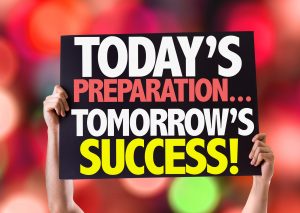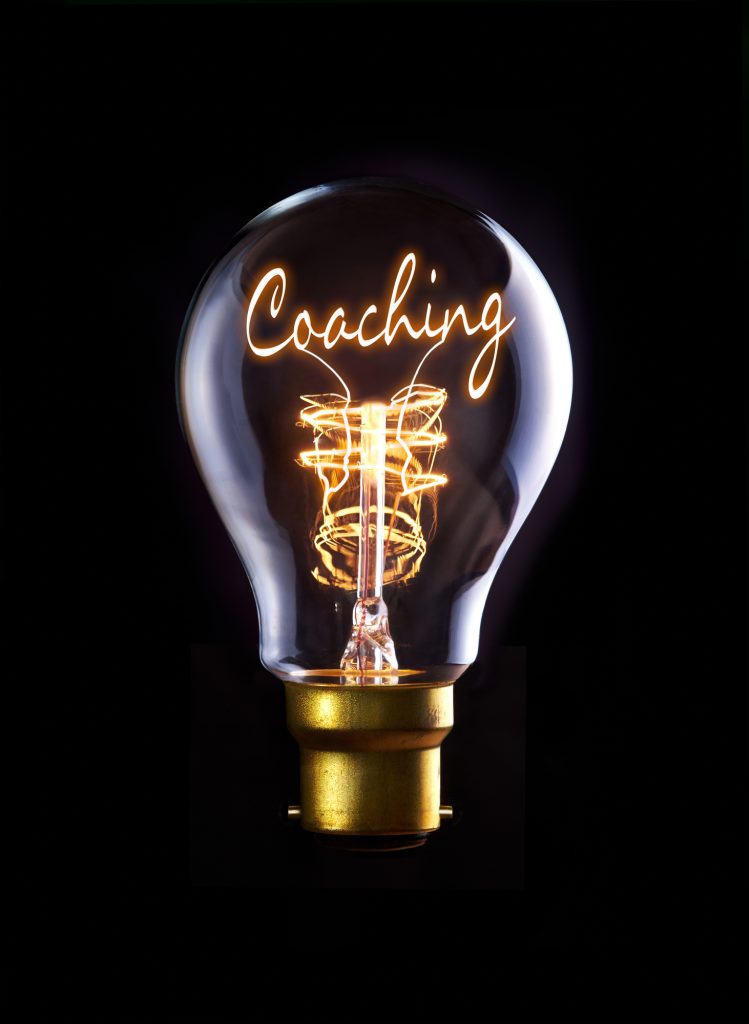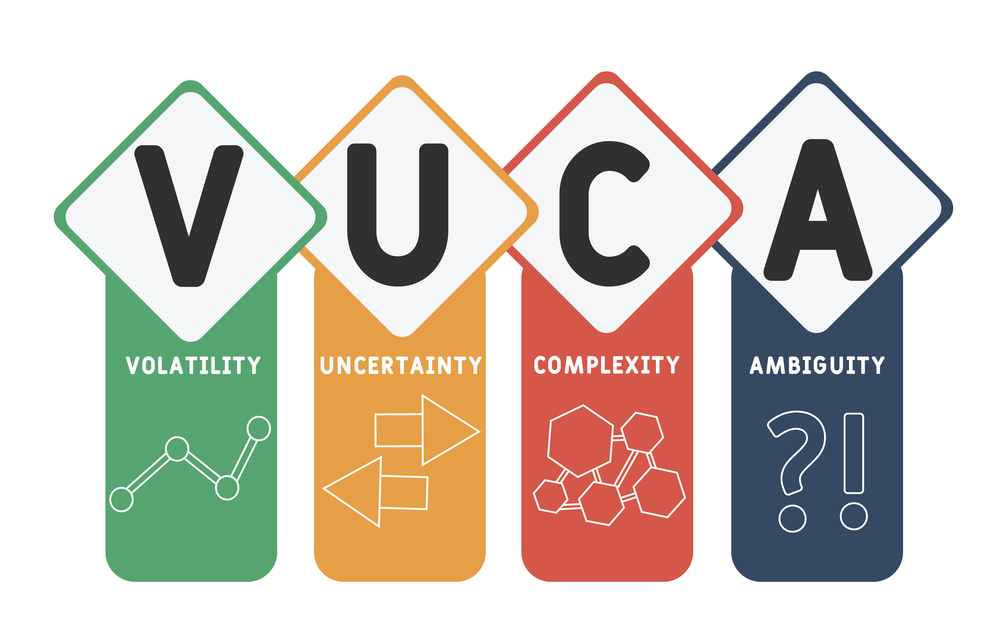 The 2019 US Open tennis finals have me thinking about high stake scenarios. The other night, my partner was talking about the upcoming rematch between Canadian tennis player Bianca Andreescu and Serena Williams, the most accomplished (male or female) tennis player of this era. Despite being at different stages of their careers and numerous differences in their personal lives, they share one important trait: when they’re in a high stake situation, they succeed.
The 2019 US Open tennis finals have me thinking about high stake scenarios. The other night, my partner was talking about the upcoming rematch between Canadian tennis player Bianca Andreescu and Serena Williams, the most accomplished (male or female) tennis player of this era. Despite being at different stages of their careers and numerous differences in their personal lives, they share one important trait: when they’re in a high stake situation, they succeed.
While the sports commentators went on and on, we talked about how, often in the important moments, whether it’s a race, on the golf course, a tennis court, or at a more traditional workplace, it’s not about whether or not someone has what it takes. In these situations, the person has all the skills required, the issue is whether they can execute or succeed in the moment – not stumble or choke.
I competed in high school track and field and tennis but I only got as far as the regional levels; I soon realized I had to find another path. I have since experienced many more high-pressure situations where I had to deliver in front of others.
In my experience, succeeding when the stakes are high comes down to three elements.
1.Preparation:
When things work out well, I give a lot of credit to solid preparation. Personally, this means, that I have had rigorous academic training where I had to master a body of knowledge, learn how to think critically and logically and learn how to create original work. This has served me well since I’m now hired to help solve complicated problems and improve outcomes in high stake situations.
 Above and beyond the theoretical, I’ve now been working for 20 years as a Work and Business Psychologist, focussing on HR and career matters. When we have opportunities to apply what we’ve learned and practiced, we get even better. We understand what works in practice; we can integrate that into what we know in theory. Plus, when we know that we’ve prepared thoroughly, we have extra confidence in our abilities.
Above and beyond the theoretical, I’ve now been working for 20 years as a Work and Business Psychologist, focussing on HR and career matters. When we have opportunities to apply what we’ve learned and practiced, we get even better. We understand what works in practice; we can integrate that into what we know in theory. Plus, when we know that we’ve prepared thoroughly, we have extra confidence in our abilities.
In the context of work, common high stakes situations include big presentations, pitches, launches, behavioural or leadership assessments as part of a hiring or promotion process, and job interviews. There’s no substitute for preparation in any of these situations. The details may differ, but they usually include:
- Writing our speaking notes/script
- Creating appropriate visuals or slides
- Doing our research on the audience or organization that we’ll be interacting with
- Studying to make sure we’ve got a solid grasp of the content
- Rehearsing our verbal presentation or remarks (see these public speaking tips)
- Talking with people who have relevant knowledge and insights
2. Coaching and Mentorship:
 Most of us know that successful athletes always have coaches. More and more, leaders and professionals are also seeking coaches and mentors who will work with them on the sidelines or behind the scenes. There’s a growing realization that in the workplace, our raw intelligence, talent, and technical skills aren’t always enough. Experienced coaches can help us with some of the mechanics, but the best ones will also help us with our mindset, self-awareness, and soft skills.
Most of us know that successful athletes always have coaches. More and more, leaders and professionals are also seeking coaches and mentors who will work with them on the sidelines or behind the scenes. There’s a growing realization that in the workplace, our raw intelligence, talent, and technical skills aren’t always enough. Experienced coaches can help us with some of the mechanics, but the best ones will also help us with our mindset, self-awareness, and soft skills.
Something that doesn’t get as much attention as it should is sponsorship. In sports, sponsors provide financial support. For Olympic athletes, the sponsors make it possible for the athletes to dedicate themselves to their training and competitions rather than earning a living. Pro athletes can often earn more money from their sponsorships and endorsements than they can from their official contracts or prize money.
In the work world, sponsors also play an extremely important role. Simply put, sponsors help to create opportunities. They will make introductions and help ‘light your path’ professionally. From what I’ve seen first-hand, and read, sponsors make all the difference. Unfortunately, it can be hard for some very deserving people to gain access to sponsors, since sponsors choose who to support and vouch for.
3. Mindset:
In a past blog article, I’ve discussed the value of a growth mindset. That’s valuable, but during many high-stake situations, what may matter even more is self-confidence and the belief that you’ve got everything that you need to be successful.
Visioning is a technique that athletes use. They imagine or visualize the outcomes that they desire – and that they believe they deserve and have earned.
I know that Serena Williams uses visioning effectively. After returning to tennis after a severe life-threatening illness, injuries, and after her maternity leave, her rankings were low, but she didn’t let that define her. Her number may have been low (e.g., number 200 or even 400 in the world), but she knew her worth and she behaved accordingly. Likewise, when we’ve been underestimated, mischaracterized, or pigeon-holed, more than ever we need to rise to the occasion and deliver as we know we can. Be tenacious and remember that it’s not over until it’s over.
If this blog post resonates with you (or someone you know) I invite you to contact me privately by phone (I offer a no-obligation, free 15-minute initial phone consultation), email, Twitter, LinkedIn, or Facebook.
If something urgent comes up, I’m also available by a voice or video on Magnifi, an expertise-on-demand app that allows me to squeeze in quick calls between appointments on my official schedule and some evening and weekend options.
More than career coaching, it’s career psychology®.
I/O Advisory Services – Building Resilient Careers and Organizations.™
Easily share this article using any of the social media icons below.




